Make Wood Pellets in A Plywood Factory
It is only in the last few years that, due to the economics of rapidly rising fuel and wood costs, industry in the developed countries have invested in ways and means to extract the maximum quantity of recoverable wood during logging operations. Although this document draws attention mainly to the energy value of residues produced during the manufacturing operations, consideration should be given to the potential industrial use of residues left in the forest.
Alternative Uses of Plywood Residues
Residues derived from the forest industries normally do have alternative outlets, as chips for pulp manufacture, raw materials for particleboard and fiber board manufacture and as fuelwood and building materials to local inhabitants – all dependent on market location and demand.
|
Saw milling
|
edgings and slabs
|
low cost building materials, fuelwood
and pulp manufacture |
|
barked edging chips
|
pulp manufacture and fuelwood
|
|
|
Plywood Manufacture
|
peeler log cores
|
lumber manufacture
|
|
core chips
|
pulp manufacture
|
|
|
veneer chipping and chips
|
fuelwood
|
|
|
Particleboard
|
uses all the above mentioned residues as raw material
for board manufacture, and the majority of its own residues are recycled within the process. |
Let us take plywood factory as an example to illustrate how to make wood residues into fuel pellets
Plywood Production Flowchartlog
sawing—the cut log stewing— the cut log peeling— veneer rotary-cutting— veneer drying— veneer sorting — gelatinizing and assembling— pre-pressing— hot-pressing— edge cutting— sanding— testing and grading— packing and storing
|
|
|
|
Fuel Pellet Making Procedure
◆ Crush the scrap materials by crushing machine
◆ Dry the crushed materials by the drying line
◆ Produce pellets by pellet machine after drying
◆ Cool the pellet by cooling equipment
◆ Pack the dried pellet by package machine
◆ Bin the packed pellet to place in the storehouse
Machine lists of Biomass Pellet Plant for a Plywood Factory
The bio-pellet production line includes crusher (1 set), rotary dryer (1 set), smoke filter (1 set), pellet machine (2 sets), cooling machine (1 set), delivery equipment (4 sets), package machine (1 unit), concentrated electric control cabinet (1 set).
Plywood Residue Pellet Project Introduction
The plywood waste pellet is a kind of bio-pellet mainly made of wood residue and offcut of the scrap plywood, the complete making process consist of chipping, drying, pelletizing, cooling, etc.
Preparation of Make Plywood Residue into Fuel Pellets including
Collection and handling —- Storage —- Size reduction and screening —- Fuel drying —- Pelletizing
1. Collection and HandlingIn
small-scale plywood factory in developing countries, the collection and handling of waste is predominantly manual, aided by a tractor or bulldozer to both convey and push the residues to a belt conveyor: system, thus avoiding the need for an enormous capital outlay and with maximized use of available labor. The manner in which mill residues are best removed and handled is again a matter of economics, availability of labor and the quantity and type of waste produced and is normally undertaken by a combination of belt. and pneumatic conveyors, front-arid loaders and trucks, with manual gathering predominating in mills with an input rapacity of 20 000 m3/A and below.
2. Storage
Outdoor storage, in piles on prepared concrete or gravel pads to aid drainage and reduce the entrainment of contraries, is the least expensive means of maintaining stocks. This form of storage is generally suited for stocks of 20 to 30 day’s capacity of green forest residues, bark, moist wood slabs or chips. However, unless adequate preparations and precautions are taken, deterioration and fires from overheating and biological action can take place. Hence, residues should be monitored and those that do not benefit from drying with time should have a fast turnaround and be used on a first-in-first-out basis
In instances where a large variety of residue sizes are involved, it is always advisable to segregate according to size, either before or after storage, and, in most cases, it is preferable to reduce the larger-sized waste in hoggers or chippers at an early stage in order to facilitate handling. Mixing of wet and dry waste should be avoided, as such a practice will reduce the efficiency of combustion; it is far better to have dual storage and feed systems in order to segregate the feed to the burners according to moisture content.
3. Size Reduction
Whereas sawdust, planer shavings and sander dust may be burnt directly without the need for further processing, other forms of wood waste have to be reduced in size in order to facilitate handling, storage and metering to the combustion chamber. By achieving a uniform particle size, combustion efficiency will be improved due to the uniform and controlled fuel feed rate and the ability to regulate the air supply. Additionally, in the case of fuels with a high moisture content, the reduction process exposes a greater surface area of the particle to the heated gases, thus releasing the moisture more rapidly, thereby enhancing its heating value.
Size reduction may be carried out in several stages in a wood chipper or wood hammer mill
4. Fuel Drying
As previously mentioned, combustion efficiency, boiler control and the operator’s ability to provide a quick response to changes in steam demand become seriously impaired by a combination of high and fluctuating moisture content of incoming fuel. This situation may be improved by drying the fuel, which will also effectively increase boiler capacity and lead to better emission control.
The moisture in residues may be reduced either by rotary drum dryer, air-drying or the use of flash pipe dryers, or a combination of all three.
5. Pelletizing
A growing awareness has developed in recent years in the use of compacted wood waste, in the form of briquettes, pellets or “logs”, as a domestic or industrial fuel.
The production of pellets involves the reduction of wood waste to the size of sawdust, which is then dried to approximately 12 percent , before being extruded in specially adapted agricultural pellet mills to form pellets of some 6 to 12 mm diameter with a density in the range of 950 to 1 300 kg/m3 . Drying of the furnish prior to extrusion is usually undertaken in rotating drum dryers, fired by approximately 15 to 20 percent of the plant’s pellet production.
Pelleting produces a product with excellent handling and storage characteristics, with four times the energy concentration of wood fuel, thus greatly reducing transport costs and improving boiler efficiency, while if transportation distances of the fuel exceed 250 km from the source of the raw material, it will greatly increase the investment capital.
Development of Pellet Machine
The continuous development of science and technology leads the further improvement of the study of pellet machine. Nowadays is a time for pellet production line that collects crushing, cooling, drying, pelletizing and packing, all of these processes. And the production line has flexible and easy operation to complete high-efficiency work under the energy-saving condition, which make it possible for plywood producers to make pellets by recycling the scrap plywood. It is easy for plywood manufacturers to get involved in pellet producing without influencing plywood production, to increase waste wood recycle rate and realize re-creating profits.

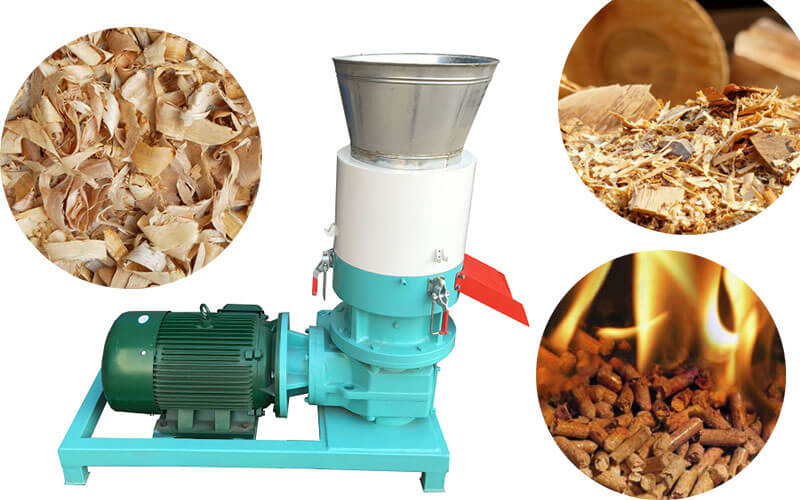






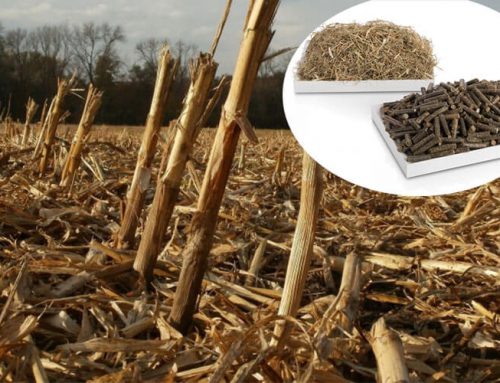
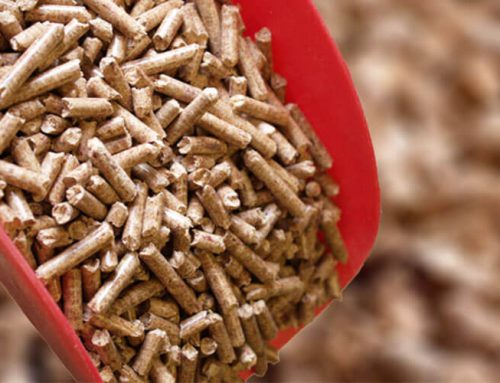
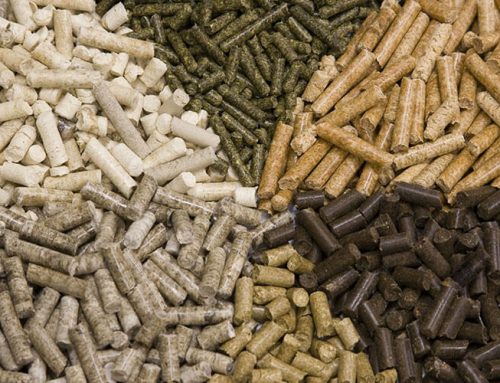
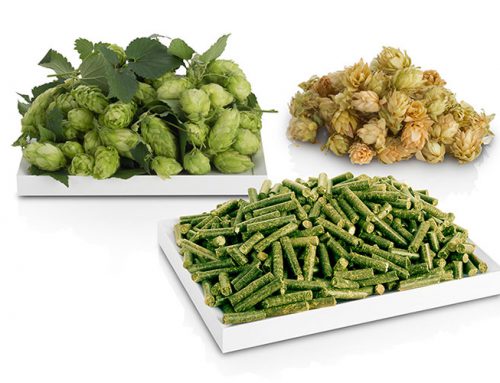
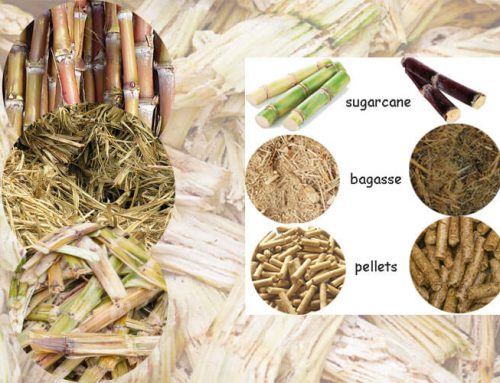
Leave A Comment